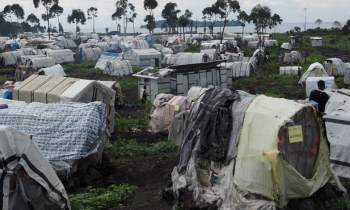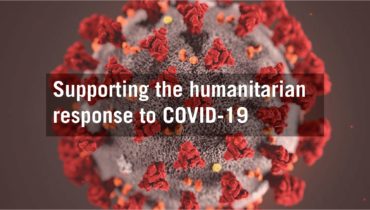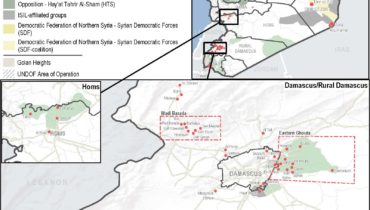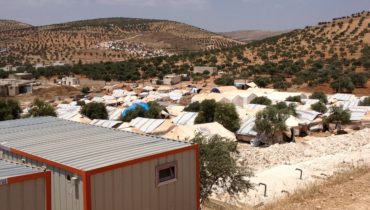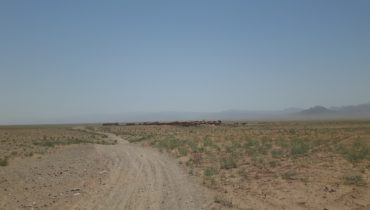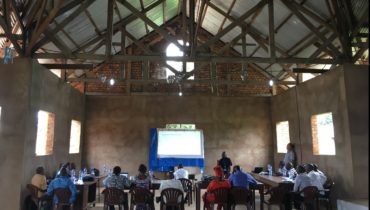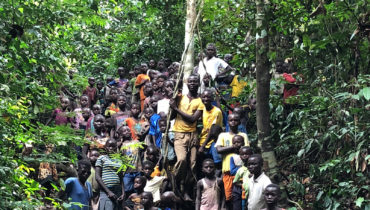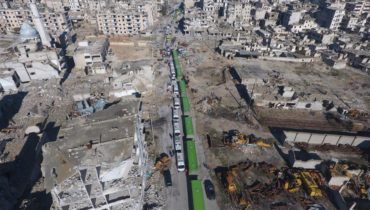Host communities as front-liners to the displacement crisis in DRC
11 February 2021
Communities living in the east of the Democratic Republic of Congo (DRC) continue to suffer from an acute and complex humanitarian crisis. Due to the increased insecurity affecting the region these past several years, DRC has become the African country which hosts the most internally displaced persons (IDPs)- who now number over 5 million. The brunt of displacement is often left to host communities who are the de facto front-liners of this situation, as 86% of all IDPs in DRC settle in host communities , with the remainder of the IDP population settling in camps and sites. As such, some host communities tend to become saturated with the volume and frequency of displacements, further affecting the delivery of basic services and the access to crucial needs in these communities.
This situation often means that people living in host communities (returnees, non-displaced and IDPs) see their vulnerabilities rise as well, leading to social tensions, and an array of unaddressed needs. This is the case for communities residing in provinces most affected by the violence such as Ituri, North Kivu, and Tanganyika. Against this backdrop, REACH teams operating in the region led a multi-sectoral assessment of in-site and out-of-site populations, piloted in Ituri province, with inputs from the CCCM and Ituri CLIO (Comité Local Inter-Organsation) led by OCHA.
Crucial to include host communities in humanitarian programming- especially in hard-to-reach areas
To fill persisting information gaps on the needs and vulnerabilities of affected populations in the east of DRC, REACH teams drafted questionnaires that were based on information needs relayed to them by aid partners in the region. Those questionnaires were then used to survey 400 households and 25 Key informants, including 200 in two IDP camps (Drodro and Rho) and another 200 outside formal sites, in host communities. Led by 12 enumerators and 2 field managers, the questionnaires were delivered with the assistance of local interpreters to ensure the data collected was reliable.
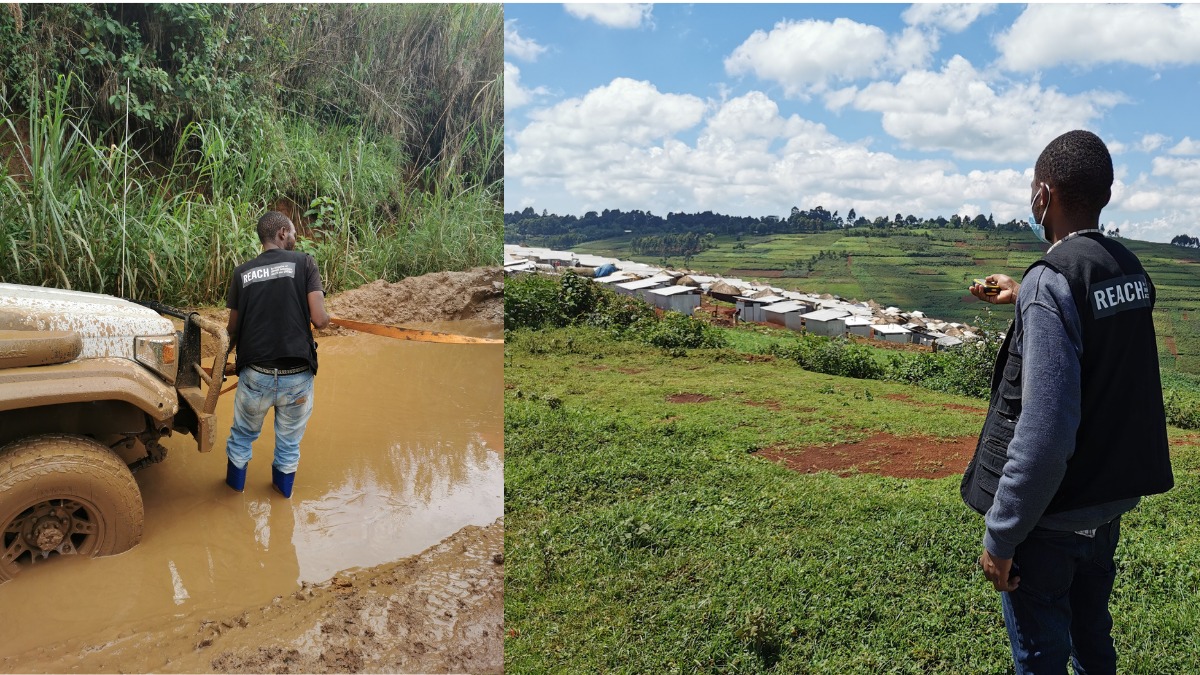
REACH staff part of the team working on the camp profiling research struggles with bogged SUV in the vicinity of hard-to-reach areas (left). REACH enumerator checks the GPS coordinates of the site he is about to assess (right).
The assessment was the first step towards REACHs’ objective to have host communities included in humanitarian programming, thus pushing a CCCM assessment approach that analyses the needs arising from conflict and displacement, regardless of displacement status for in-site and out-of-site populations.
In fact, information collected through questionnaires with host communities and their informants quickly revealed that many households felt that security was higher in IDP camps, and envied the assistance brought to people there as well. This led many host and displaced households living in hard-to-reach areas with feelings of isolation, increased insecurity, and a general sense that their situation might be improved if they were themselves residing in an IDP camp. In Bahema Nord, households actually abandoned their shelters at night to sleep in the nearby displacement camp, where they deem security to be higher. This perceived privilege that IDPs may enjoy in-camp is cited as the reason fueling social tensions between host communities and internally displaced persons by 74% of the surveyed households in camps.
Therefore, the assessment led by REACH teams highlights the dual importance of including host communities in their data collection, and contributing to addressing their needs.
First, it was crucial that their situation be monitored so the direness of their current living conditions could be addressed effectively, with a focus on the most pressing sectoral needs. Second, it will serve as a good practice for other humanitarian actors in the country to continue including host communities in their programming. As front-liners of the crisis, it is key that attention is systematically focused on host communities as well as IDP camps. In the long-term, such an approach aims to reduce social tensions as well as increase the resilience of host communities.
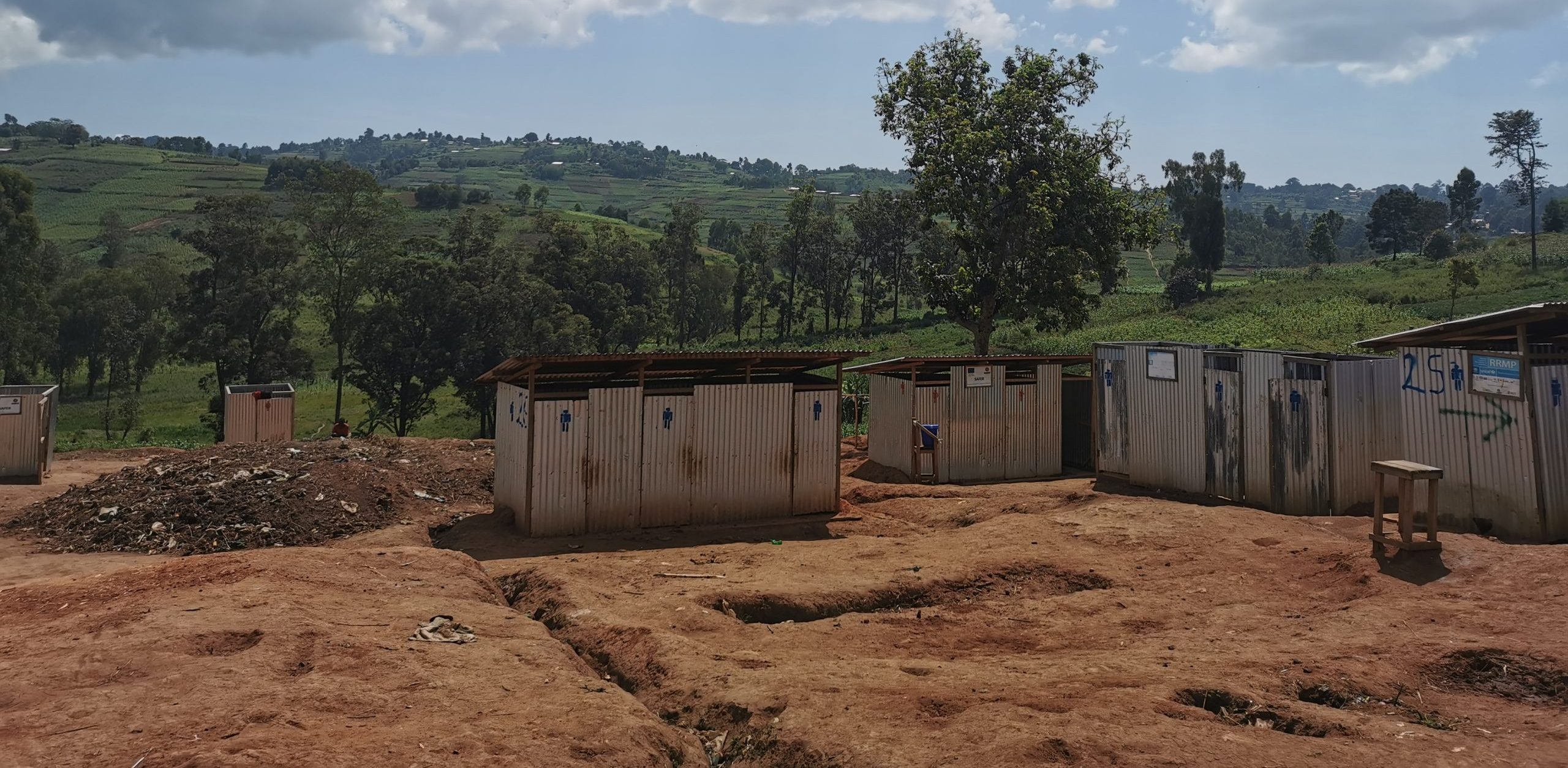
Latrines built by humanitarians in Drodro
What the data says on the situation for IDPs and host communities
Insecurity is clearly reported by IDPs in and out of sites, non-displaced, returnees and host communities alike as their main concern. In fact, latent insecurity is driving and exacerbating multi-sector vulnerabilities, such as food insecurity, whereby the danger of getting attacked when working their fields as well as the risk of having their harvest plundered are cited by households as a key barrier in their ability to feed themselves. Dangers on the way to school and around waterpoints are also raised as barriers to accessing those infrastructures in a reliable way: in some instances, households cite using surface water as their main drinking source because the wait at the water point is too high a risk to bear.
Whilst there is no significant dichotomy between the severity of needs that IDP population have in-camp and surrounding communities, the needs themselves vary in nature. This is another testament to the importance of integrating host communities in IDP response planning- as their needs
- In camps, acute food insecurity is the most commonly reported priority needs for households. This might be due in part to the fact that less than half of household’s in camp practice agriculture, and is evidenced by the low number of households with an acceptable Food Consumption Score (FCS): 19% and 13% in Rho and Drodro respectively vs. 41% in assessed host communities.
- Conversely in host communities, sectoral needs tied to infrastructure, namely shelter, WASH and access to health, tend to be more severe. In many host localities, there are no improved water sources close by and households cite the lack of jerrycans or recipients as their main issue with access to water. Health access, which is relatively reliable in camps thanks to humanitarian intervention, was an issue for 38% of households in Walendu Tatsi area. In Buku area (Bahema Nord), 65% of households lived in a shelter without insulation materials, unable to invest in the reconstruction or improvement of their home.
- This is especially true for areas that are far from the main road, where insecurity is more acute and humanitarian access has been limited in the past. 36% of households in remote localities indicated that they do not go to a health center because it is too far away, difficult to access, or too expensive (compared to 8% of households in accessible localities).
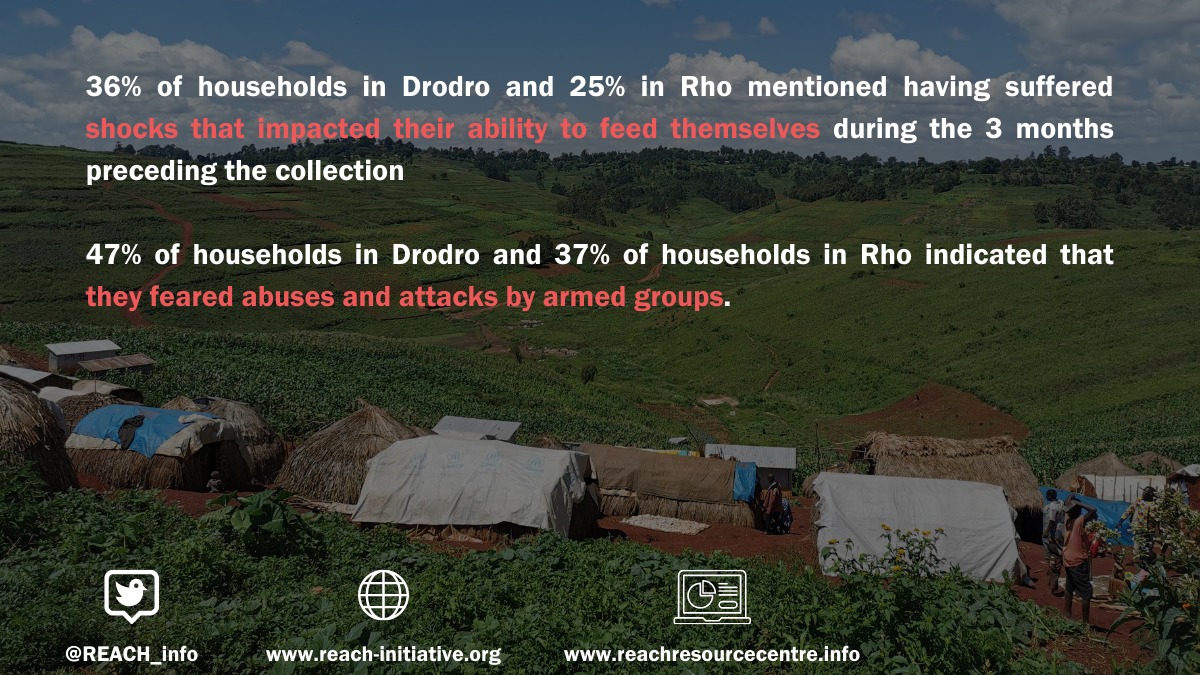
Key findings extracted from the Camp Profiling final report
“Certain hard-to-reach areas have not been reached by the humanitarian community for over 3 years.” explains Eliora Henzler, REACH Senior Data Officer in charge of CCCM assessments in DRC. “Our hope is to create an exportable data collection and analysis tool in collaboration with the CCCM sector, that evaluated IDP camps with an equal lens on surrounding host communities. Personally, I believe that increasing the capacity and service delivery in host communities can strengthen their resilience which in turn will have a positive impact on their ability to host IDPs and the response which they are an active part of. For this to happen, their urgent needs and vulnerabilities must be monitored and responded to.”
Of course, such an approach has its set of unique challenges and limitations. In Ituri, roads in hard-to-reach areas tend to become suddenly impracticable, creating severe logistical issues. Rampant insecurity also forces humanitarian actors to adopt behaviors which are also heavy in logistics and make data collection as well as aid delivery harder.
For more information
The Camp profiling report is available online (french version only): https://repository.impact-initiatives.org/document/reach/137f1307/REACH_DRC_Camp-profiling_Drodro-Lita_December2020.pdf
The full catalogue of assessments carried out by REACH in the Democratic Republic of Congo are available on the REACH Resource Centre here.
Contact
For queries related to the assessment, or other activities in DRC, please reach-out to Nadia Lehmann, REACH Country Coordinator.
For any other requests, feel free to write to Emmanuel Gamard, Communication Officer, IMPACT Initiatives


